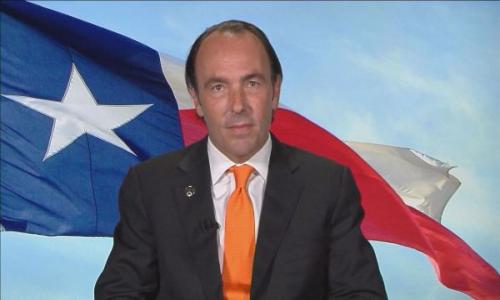Financial institutions use the money they take in from their depositors, including those with checking and savings accounts and Certificates of Deposit, to make loans to other individuals and businesses. The longer savers are willing to leave their money on deposit, the longer the institution can in turn lend that money to its borrowers.
Since borrowers are willing to pay a higher interest rate for longer term, compared to shorter term loans, banks and credit unions will offer higher interest rates to those who loan them money for longer periods.
Setting short-term CD rates
The interest rates paid on short-term CDs, usually those with a guarantee period of a year or less, are generally pegged to the Federal Funds Rate. This is the rate which member depository institutions of the Federal Reserve charge each other for overnight borrowing.
The Federal Reserve’s Open Market Committee sets the target rate for these funds in response to changing economic conditions, in keeping with its mission of “conducting the nation's monetary policy by influencing the monetary and credit conditions in the economy in pursuit of maximum employment, stable prices, and moderate long-term interest rates.”
To maintain stable prices, meaning low inflation, the Committee lowers or raises its target for the Federal Funds rate. The lower the target rate, the lower the cost or “cheaper” it is to borrow money. Making it “cheaper” to borrow money helps to stimulate business activity during economic downturns.
The converse is that when economic activity is on the rise, inflation tends to set in, diminishing the purchasing power of the nation’s money supply. When that happens, the Committee raises the target rate, making it more expensive to borrow money, slowing down business activity and lessening the threat of inflation.
When setting the target rate, the Committee takes into account, among other factors: the CPI, or Consumer Price Index, published by the Bureau of Labor Statistics, which focuses on the price movements of three broad expenditure categories, Food, Energy, and All items less food; the Unemployment Rate; consumer and business spending and economic forecasts.
If you are interested in investing in short-term CDs, keeping track of trends in these indicators may useful in guiding your thinking as to whether short-term interest rates will be rising, falling or staying steady.
Long-term CD rates
The Federal Funds Rate affects interest rates less for longer-term CDs than for shorter-term CDs. This is due in large measure to the additional risk that financial institutions take on when they commit themselves to paying their depositors a guaranteed interest rate for a lengthy period of time.
To counter this risk, financial institutions examine long- term, rather than short-term trends, using these to make forecasts about the future directions of interest rates and setting interest rates on long-term CDs accordingly.
United States Treasuries are a frequently used benchmark against which banks set long-term CD rates. The interest rate on these obligations of the United States government are not set by the Federal Reserve, but are instead determined by market forces and represent the market’s thinking about the direction of interest rates.
Supply and demand for loans affects CD interest rates
In addition to forecasting the direction of interest rates, banks and credit unions take into account customer demand for loans. If very few are interested in borrowing money at current interest rates, banks will lower the interest rate they charge on loans. However, offering their borrowers loans at lower interest rates translates into lower CD interest rates that banks can pay their depositors.
On the other hand, when there is an increase in demand for loans, financial institutions are able to charge borrowers a higher loan interest rate. Then, in order to attract more depositors to fund these loans, they will raise the interest rate they pay on CDs.
Competition affects CD interest rates
Banks and credit unions also have to take into account the competition they face for depositor’s money. To attract more depositors an institution can raise the interest rate it pays. Other banks may than feel obligated to raise the interest rate they pay or risk having depositors go elsewhere.
An institution may also offer borrowers lower, more attractive loan rates, in order to increase its loan operations, but, to remain profitable, it will then have to offer its depositors lower interest rates on their savings accounts and CDs. Lower rates will attract fewer depositors, so this strategy may not work for long.
Competition for depositor’s money is not limited to other banks or credit unions. Besides being a benchmark for setting interest rates, Treasuries may be an alternative for those who are considering investing in CDs. Therefore, in order to remain competitive, CD interest rates will usually track the interest rate of U.S. Treasuries.
Check BestCashCow to Compare CD rates
Due to institutions pursuing different strategies, the interest rates they offer on both short and long term CDs may vary. That makes it important to always check the offers from a variety of banks and credit unions. You’ll find the best CD interest rates offered nationally and locally on BestCashCow.












Add your Comment
or use your BestCashCow account